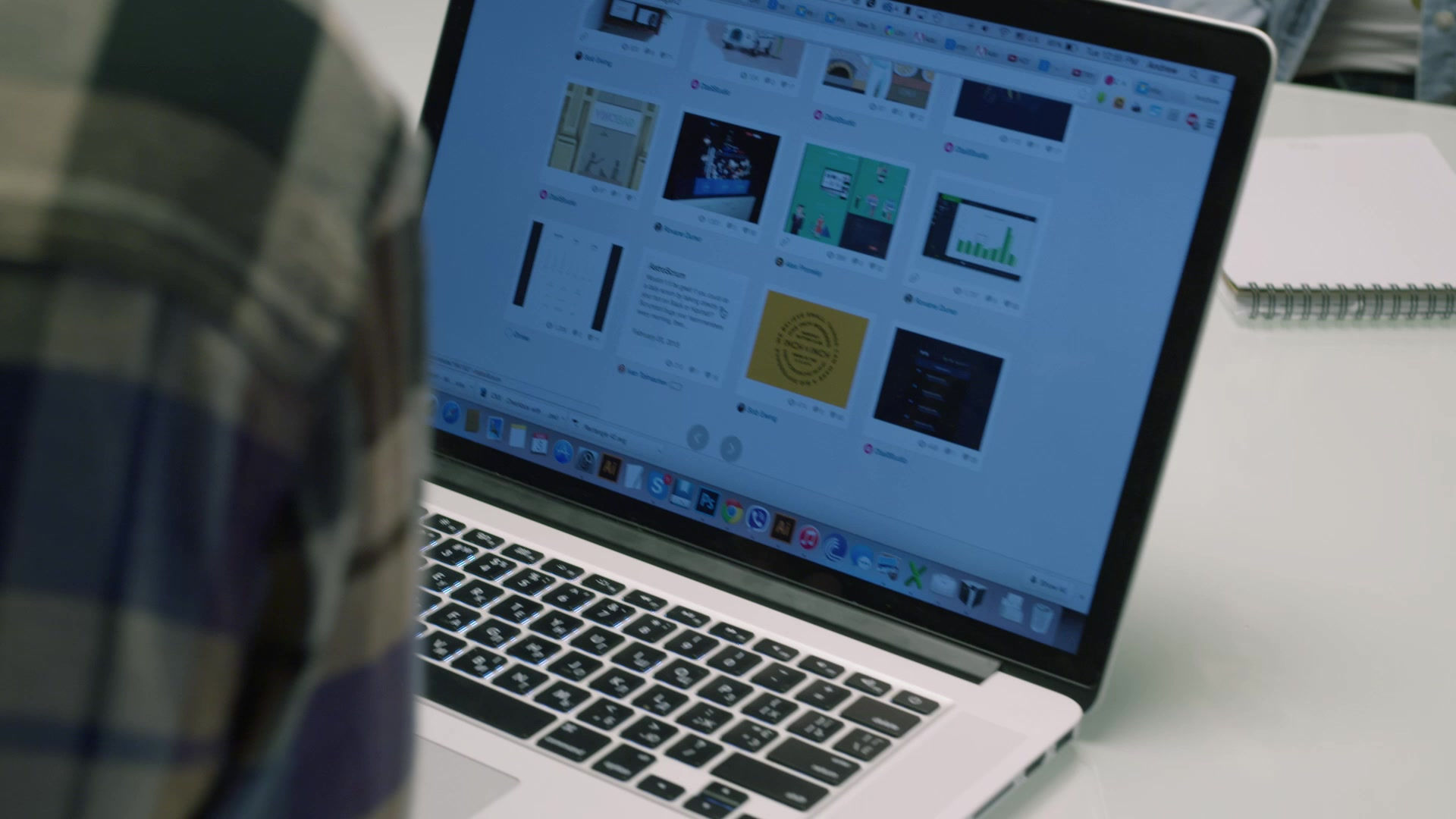

The screenshot to the left above the text was an unedited version of the footage, which I had initially filmed for my final product. The clip is hard to see and is too dark, therefore I felt it was necessary for me to correct the colour levels using Colour Correct 3 Way. The screenshot to the right shows a clear difference in the lighting levels, as her face becomes visible and you are able to see her applying her make up. However, I faced a problem of editing this screenshot, as her eye on the left of the image is completely shaded out. When I tried to make this visible, it would adjust the colour levels to a point where the adjustment of colour within the shot would be obvious to the audience and would differ from the lighting in the other clips. Therefore, I felt it was better for me to leave the image how it was after editing it the first time.

In the image to the left, the protagonist, Sophie, is seen adding items to her handbag, which she will later be walking around the local streets with. This particular shot needed to be edited, due to the lack of lighting on her dress, allowing only the audience to view her as a dark silhouette. Also, the bed’s duvet was very dark towards the bottom of the screen, therefore it would be hard for the audience to view this clip. I had edited this clip for the white shades within the clip to be lowered, improving the appearance. I also tried to reduce the lighting coming from the window, however this brought about the problem of it being over-edited, with a tint of black over the entire shot.

In the image to the left, the protagonist, Sophie, is seen adding items to her handbag, which she will later be walking around the local streets with. This particular shot needed to be edited, due to the lack of lighting on her dress, allowing only the audience to view her as a dark silhouette. Also, the bed’s duvet was very dark towards the bottom of the screen, therefore it would be hard for the audience to view this clip. I had edited this clip for the white shades within the clip to be lowered, improving the appearance. I also tried to reduce the lighting coming from the window, however this brought about the problem of it being over-edited, with a tint of black over the entire shot.

The screenshot presented above to the left was the image, which had been taken directly from the shooting of my film. The shot looked very different in terms of lighting from the shots previously put into the short film. This was due to high-key, artificial lighting being used, as it was too dark for the theme of natural lighting being used. When I had filmed, the image was seen where it was complemented with an obvious yellow tint. Therefore, I had reduced the level of brightness on the bright and mids colouring within the shot. The shot on the left shows a more pure, less tinted shot, which I will now use for my final product.

For the soundtrack of my short film, I had hoped for the music to be heard from the audience as if the sound was appearing from a distant, as it is shown to the audience that the music is coming from the headphones connected to the protagonist’s phone. I had researched how to apply this effect to the audio by finding step-by-step instructions on a website (https://forums.creativecow.net/thread/8/1018932). This was followed and it allowed me to edit the soundtrack to my preference. The soundtrack which I have chosen to use is Evanescence's 'Bring Me Back to Life'.